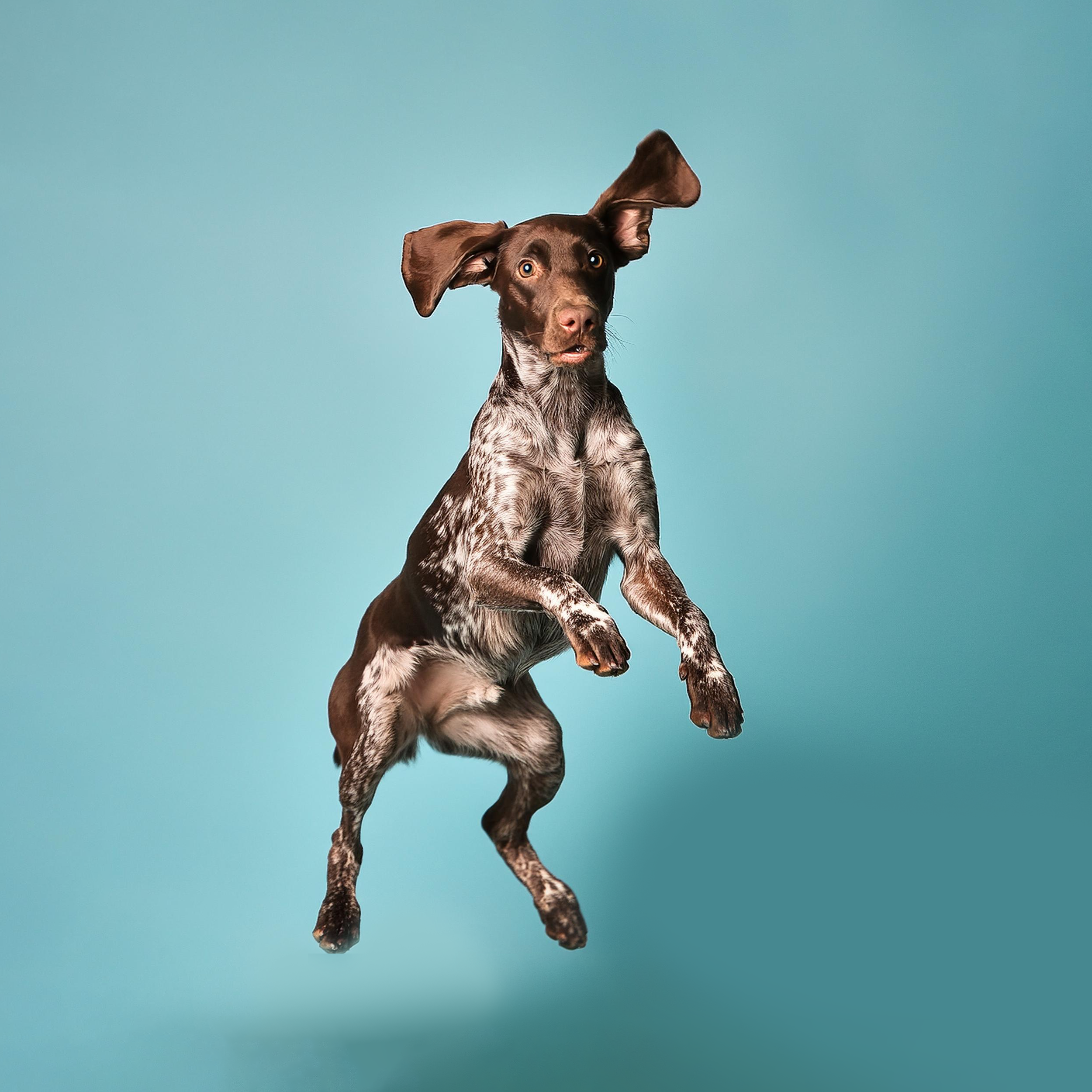Hip Dysplasia
Hip dysplasia refers to partial or complete loss of the hip joint. Hip dysplasia can cause bone wear and tear and pain associated with this process. Most companion animals have hip dysplasia from birth. But, if the disease is diagnosed at an early stage, you can easily fix the problem. In other cases, surgery may be needed to reposition the bones.
Although genetics play an important role in the development of the disease, maintaining a healthy weight is especially important to reduce stress on the joints. Daily walking and swimming will help build and strengthen the muscles around the pelvis.
Von Willebrand Disease
Von Willebrand’s disease causes excessive bleeding. As usual, this condition is hereditary. However, in rare cases, it also develops at a late stage of companion animal’s development. The cause of the disease is the deficiency of the most important protein involved in blood clotting. Treatment of von Willebrand disease with medication is aimed at preventing bleeding. Therefore, with the right treatment, companion animals with the disease live long and happy lives.
Entropion
Entropion causes the eyelid to invert and the eyelashes to close to the surface of the eye. This may cause damage to the eyeball and ulcer formation. Entropion causes tearing and flushing in animals as well as humans. To alleviate the condition, veterinarians often employ artificial tears and moisturizing ointments.
Dilated Cardiomyopathy
Dilated cardiomyopathy is a heart muscle disease that causes the left ventricle to widen and thicken. The disease causes irregular heartbeats, blood clots, and sudden death. Dilated cardiomyopathy can be caused by genetics, diabetes, congenital heart disease, or bacterial, viral, fungal, or parasitic infections.
The disease is often accompanied by fatigue, heart failure, decreased ability to exercise, swelling of the legs, and abdominal pain. If these symptoms occur, consult a veterinarian immediately. Early diagnosis of dilated cardiomyopathy will help you fight the disease effectively.

